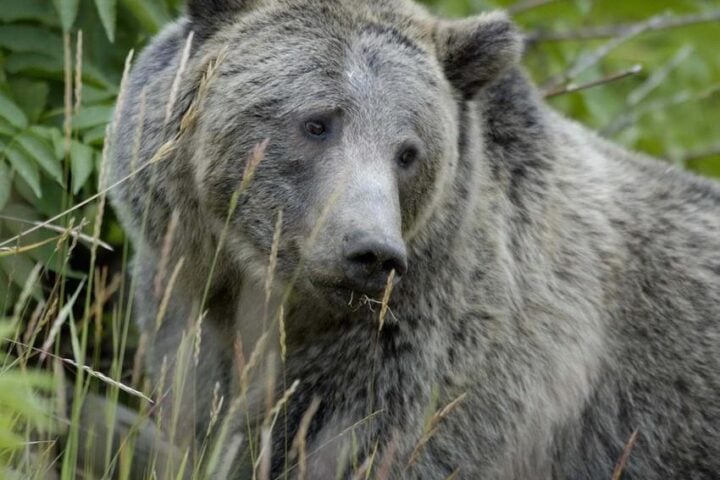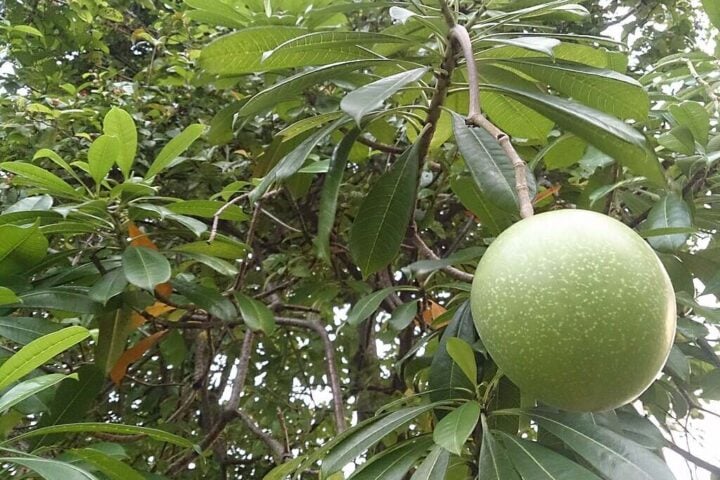When a river changes color, something in its environment has changed, and sometimes that’s a bad sign.
Stained Rivers: Alaska’s Waterways Turn Orange
A study of rivers in the U.S. state of Alaska has observed a significant change in their color: they are rusting. The cause of the color change is rust, which in turn originates from the disappearance of permafrost. The team examined 75 locations spread across an area equivalent to the state of Texas and observed changes in the rivers. Changes not only in their chemistry but also in their appearance.
Discovering the Orange Rivers
“The more we flew around, we started noticing more and more orange rivers and streams,” explained Jon O’Donnell, co-author of the study, in a press release. “There are certain sites that look almost like a milky orange juice. Those orange streams can be problematic both in terms of being toxic but might also prevent migration of fish to spawning areas.”
The research began in 2018, when O’Donnell noticed the color change in one of these flows. Accessing these rivers is sometimes complicated and requires traveling by helicopter. However, the team responsible for this analysis explains, the change can be perceived not only from these vehicles but also from space. Reviewing old satellite images, the team found that some visible changes date back to at least 2008.
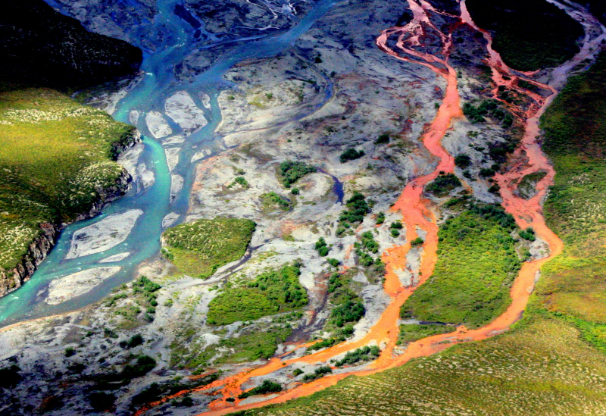
Thawing permafrost is exposing minerals to weathering, increasing the acidity of the water,
which releases metals like iron, zinc and copper. (Ken Hill / National Park Service)
Comprehensive Analysis Beyond Visuals
The analysis conducted was not limited to the visual. The team collected various samples from these flows to analyze them.
The analysis showed unusually acidic waters. The pH of the samples was 2.3, while the usual pH in these rivers is around 8. This, the team explains, is a consequence of the erosion of sulfide minerals, resulting in “acidic and corrosive conditions” that help more metals dissolve in the water.
Metals in the Water: Iron, Zinc, Nickel, Copper, and Cadmium
The team found traces of iron, zinc, nickel, copper, and cadmium in their samples. “We see a lot of different types of metals in these waters,” noted Taylor Evinger, a doctoral student who cooperated with the study’s team. “One of the most dominant metals is iron. That’s what is causing the color change.”
The Role of Thawing Permafrost
It is not clear what exactly is happening, although the team considers the possibility that permafrost thawing is behind these changes. Permafrost is a frozen layer of soil. This terrain could harbor minerals like those found in these rivers. In recent years, it has been speculated that this ice may melt as a result of rising temperatures at the poles. This thaw could release gases like methane and even extinct forms of microbial life, but it could also release minerals into the waters of the polar circle during the spring thaw.
Environmental Implications of Permafrost Thaw
Alaska’s rivers are changing color and becoming more acidic due to the melting of permafrost, a phenomenon that has caught the attention of scientists and environmentalists worldwide. A recent study, published on May 20 in the journal Communications Earth & Environment and led by Jon O’Donnell, an ecologist with the National Park Service’s Arctic Inventory and Monitoring Network in the United States, reveals that this change is occurring at an alarming rate.
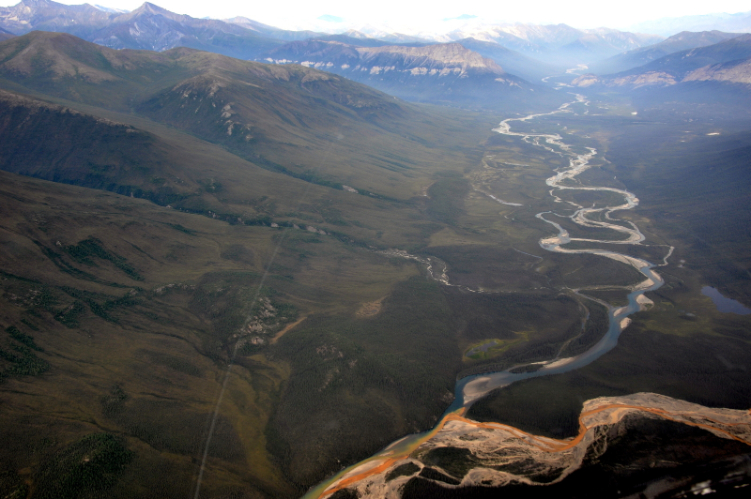
of the water is rust-stained.
(Ken Hill / National Park Service)
Release of Toxic Metals
Permafrost, a layer of permanently frozen soil that covers vast areas of the Arctic, is thawing as global temperatures rise due to climate change. This process releases toxic metals, such as zinc, nickel, copper, and cadmium, which have been trapped in the frozen soil for millennia.
Similar Posts
The thawing of permafrost has led to an increase in the presence of these metals in Alaska’s rivers, causing a dramatic change in the water’s color, which is now turning a bright orange. Additionally, the water’s acidity has increased significantly, with some streams recording a pH as low as 2.3, comparable to the acidity of lemon juice or vinegar.
Threats to Aquatic Life and Fisheries
The high concentration of metals and the extreme acidity of the water pose a threat to aquatic life in Alaska’s rivers. Fish that spawn in these waters may be particularly affected, which would, in turn, negatively impact U.S. fisheries. The extent of the change in Alaska’s rivers is such that it can be observed from space. Satellite images clearly show the expanse of the orange rivers, highlighting the severity of the problem.
Future Concerns: The Feedback Loop
Researchers fear that the accelerated melting of permafrost, driven by rising global temperatures, will only worsen the situation in the coming years. This feedback loop could result in an even greater release of toxic metals into the rivers, exacerbating problems for both the environment and the communities that rely on these ecosystems.
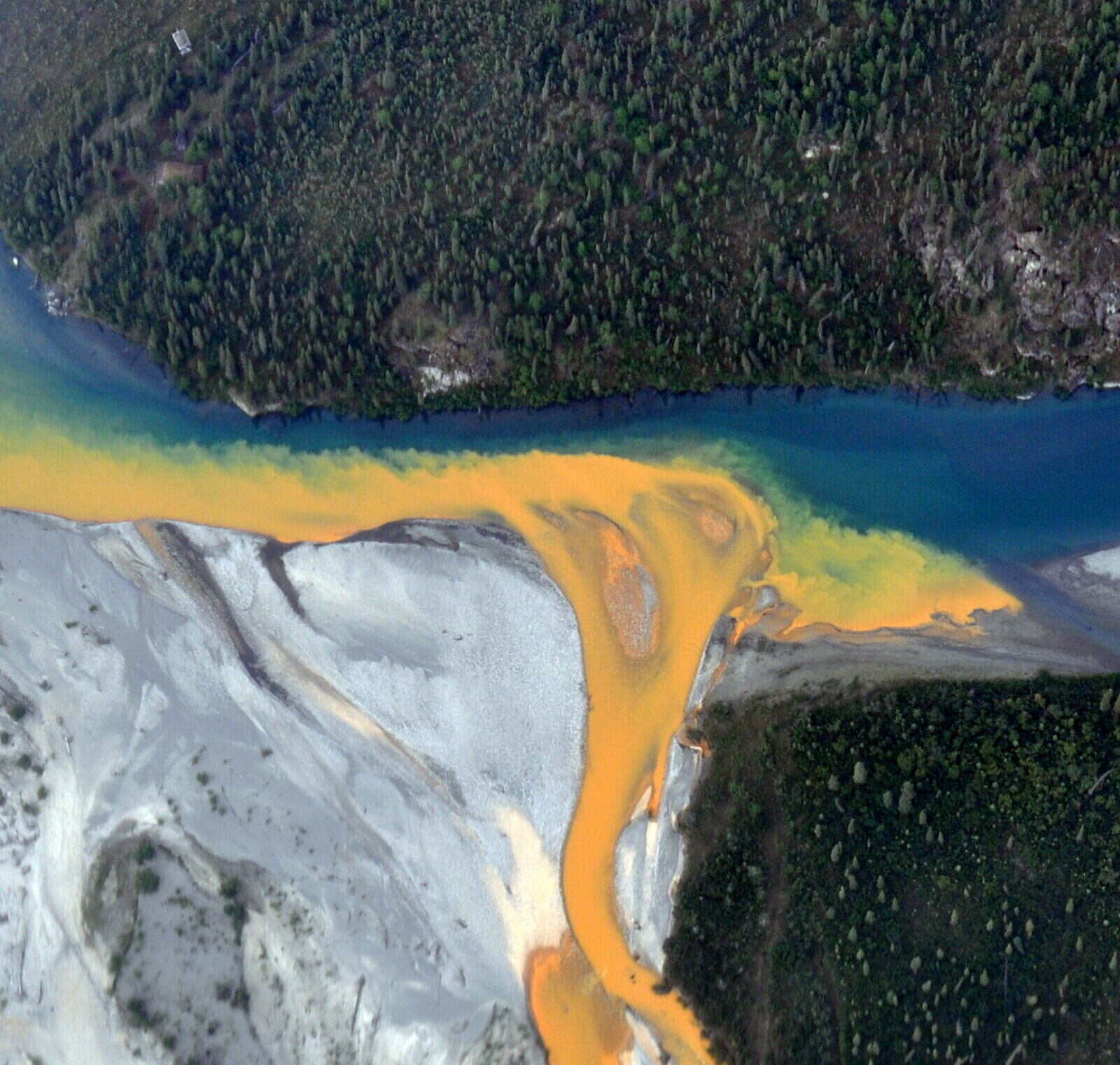

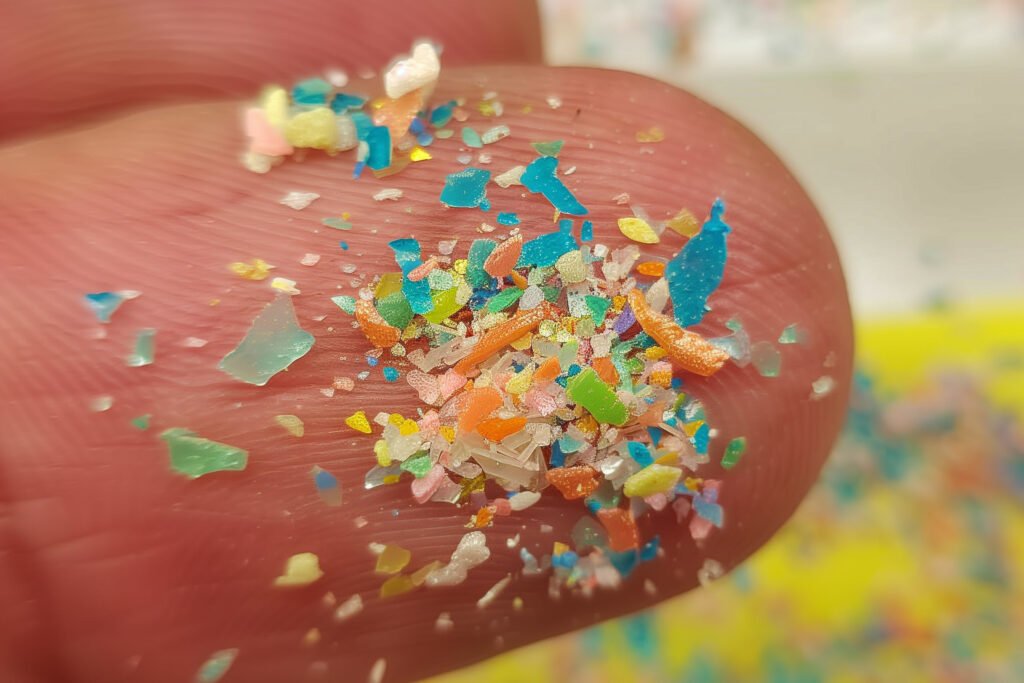
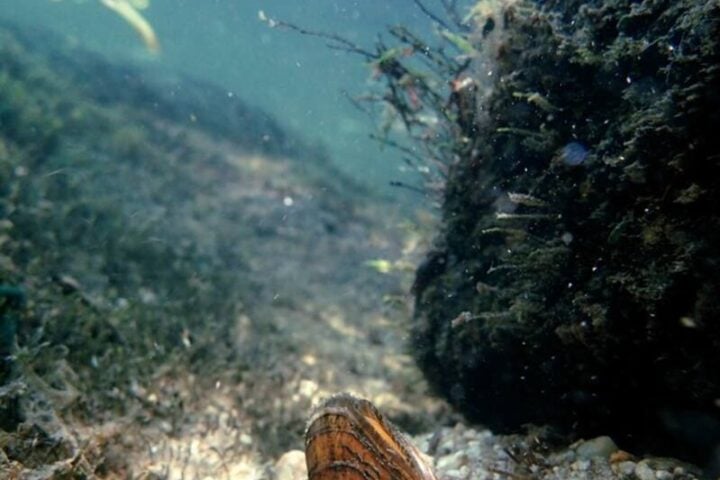
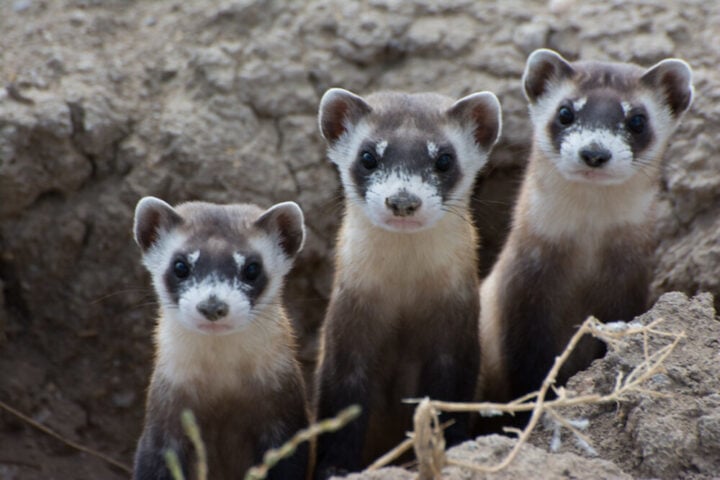
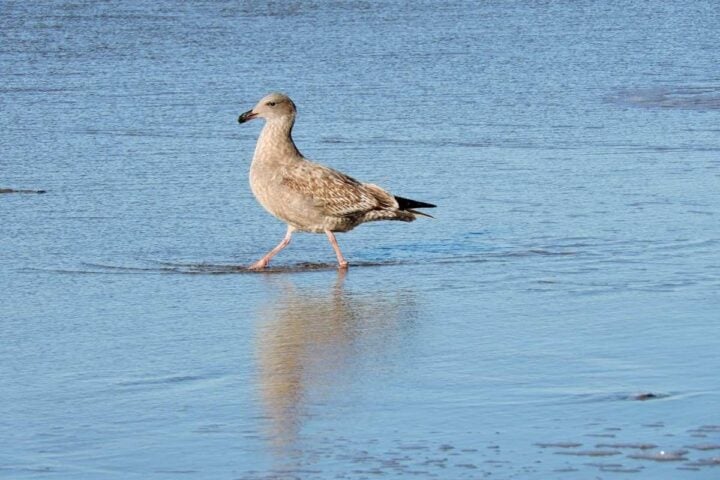
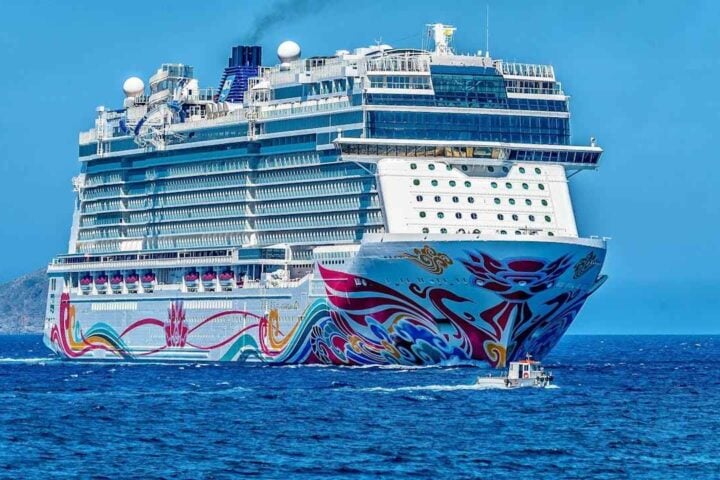



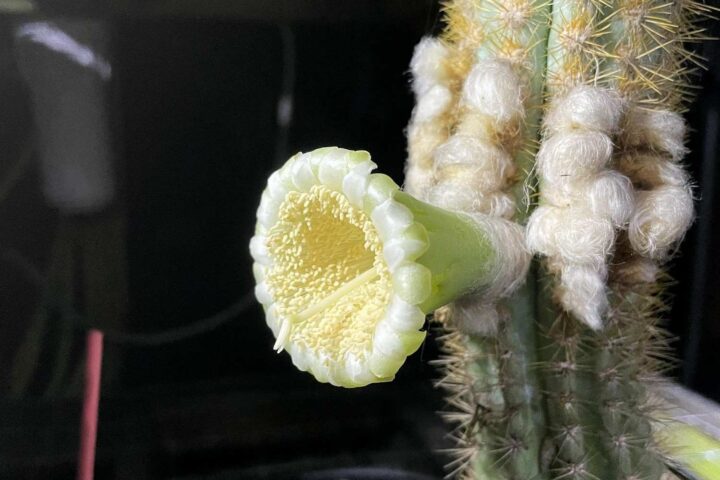
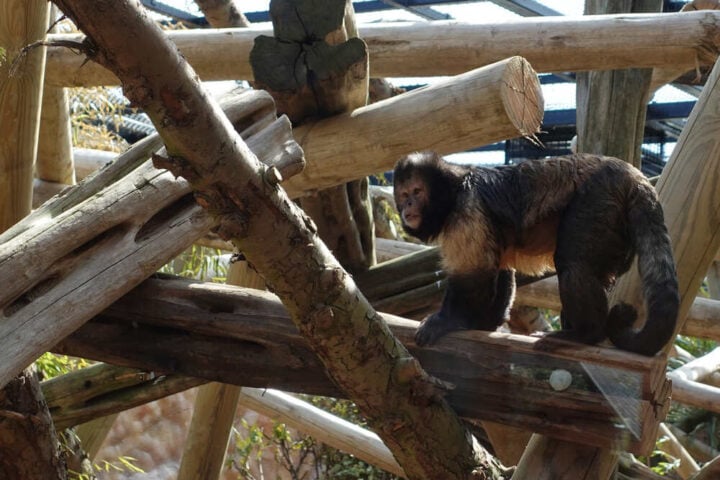

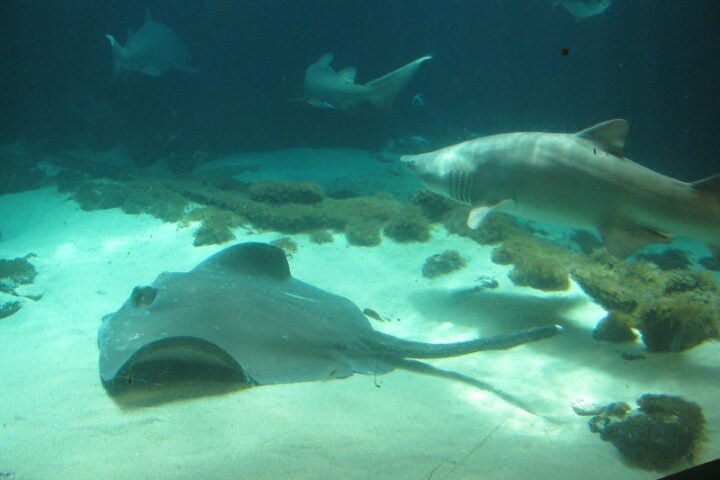
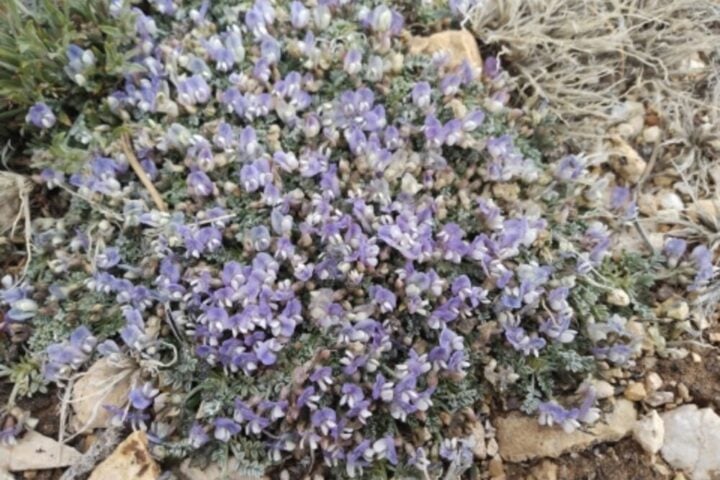
![Representative Image: European Starling [49/366]. Photo Source: Tim Sackton (CC BY-SA 2.0)](https://www.karmactive.com/wp-content/uploads/2025/04/Starlings-Drop-82-in-UK-Gardens-as-Birdwatch-2025-Reveals-Record-Low-Count-Since-1979-720x480.jpg)
